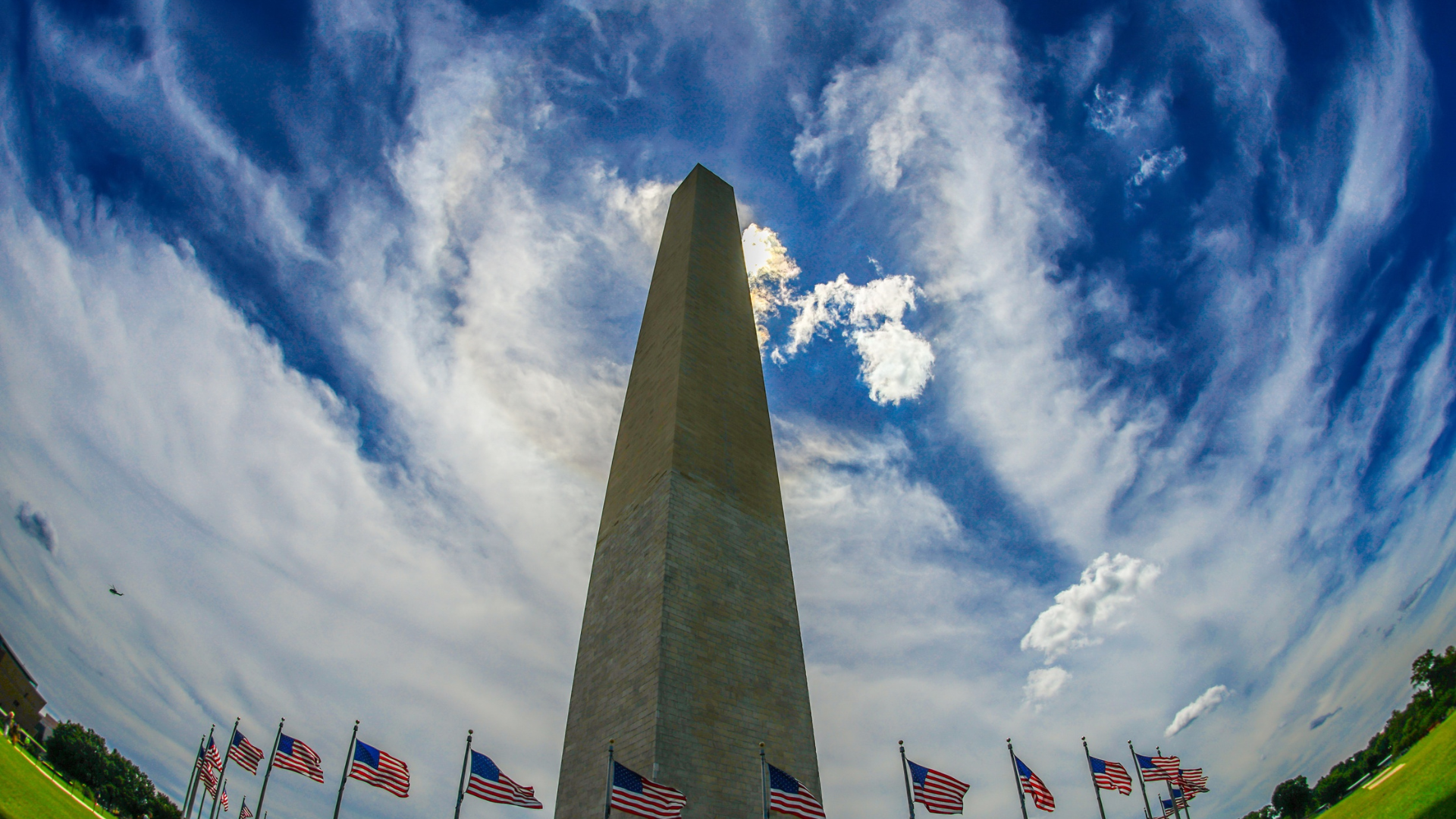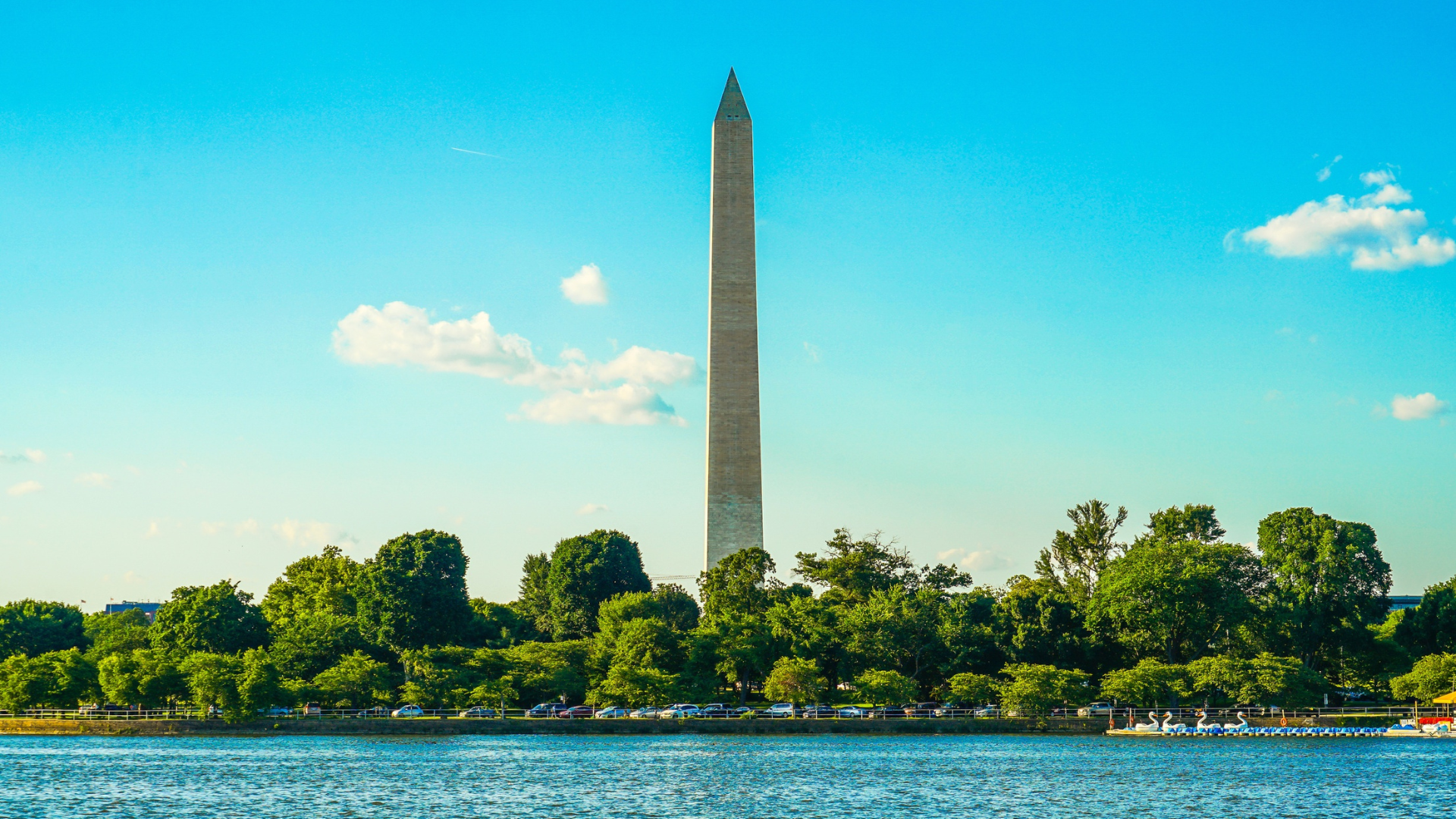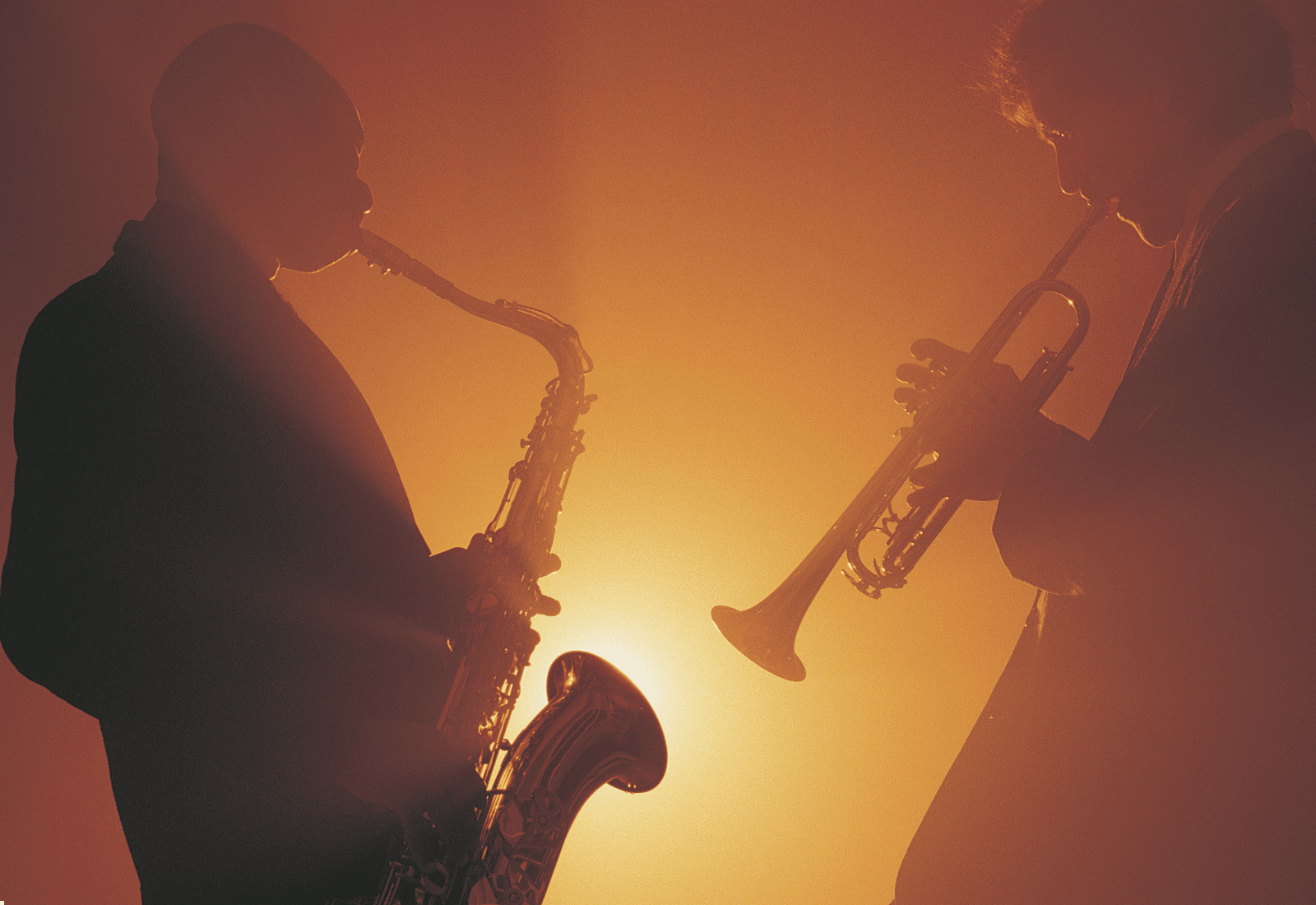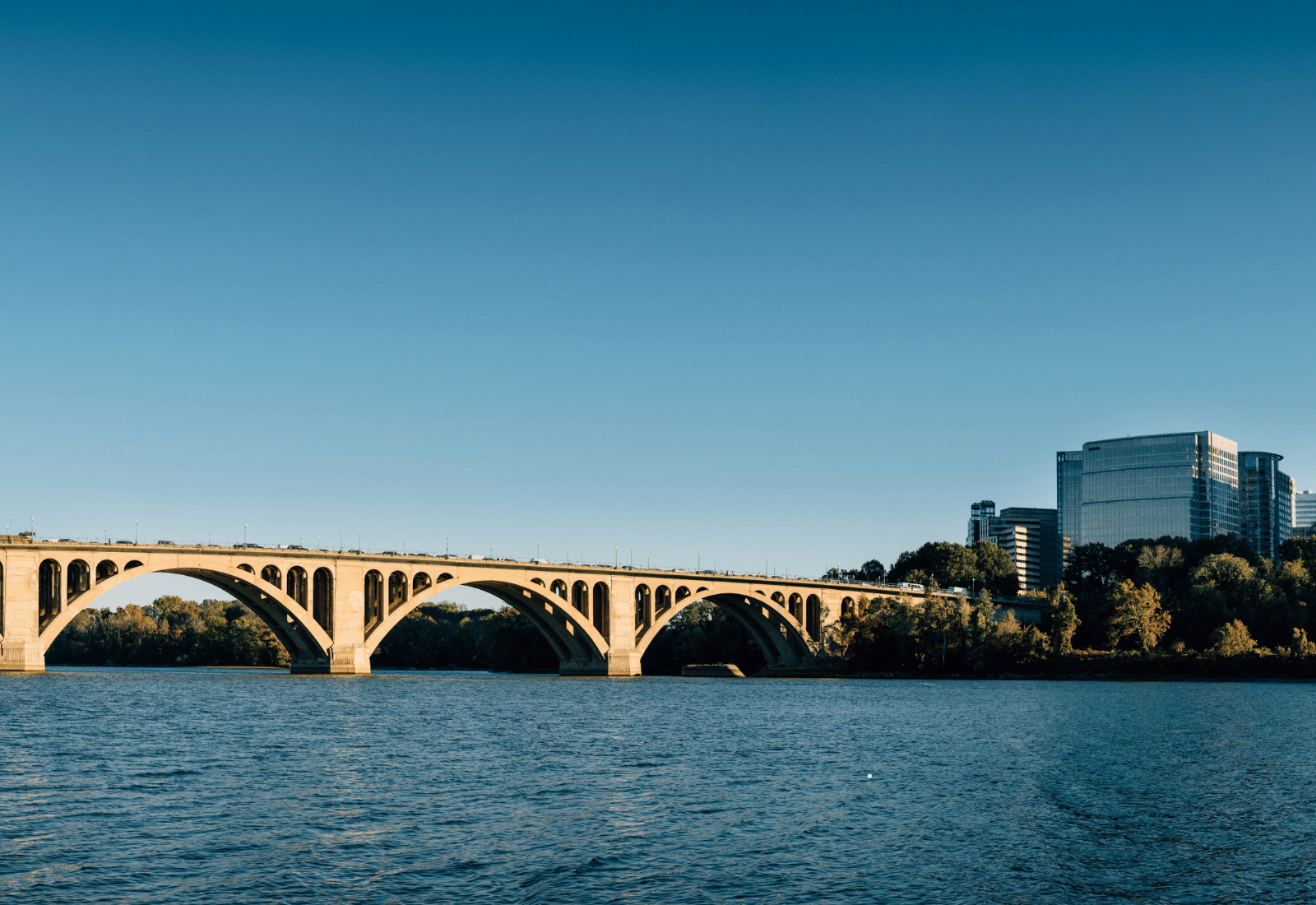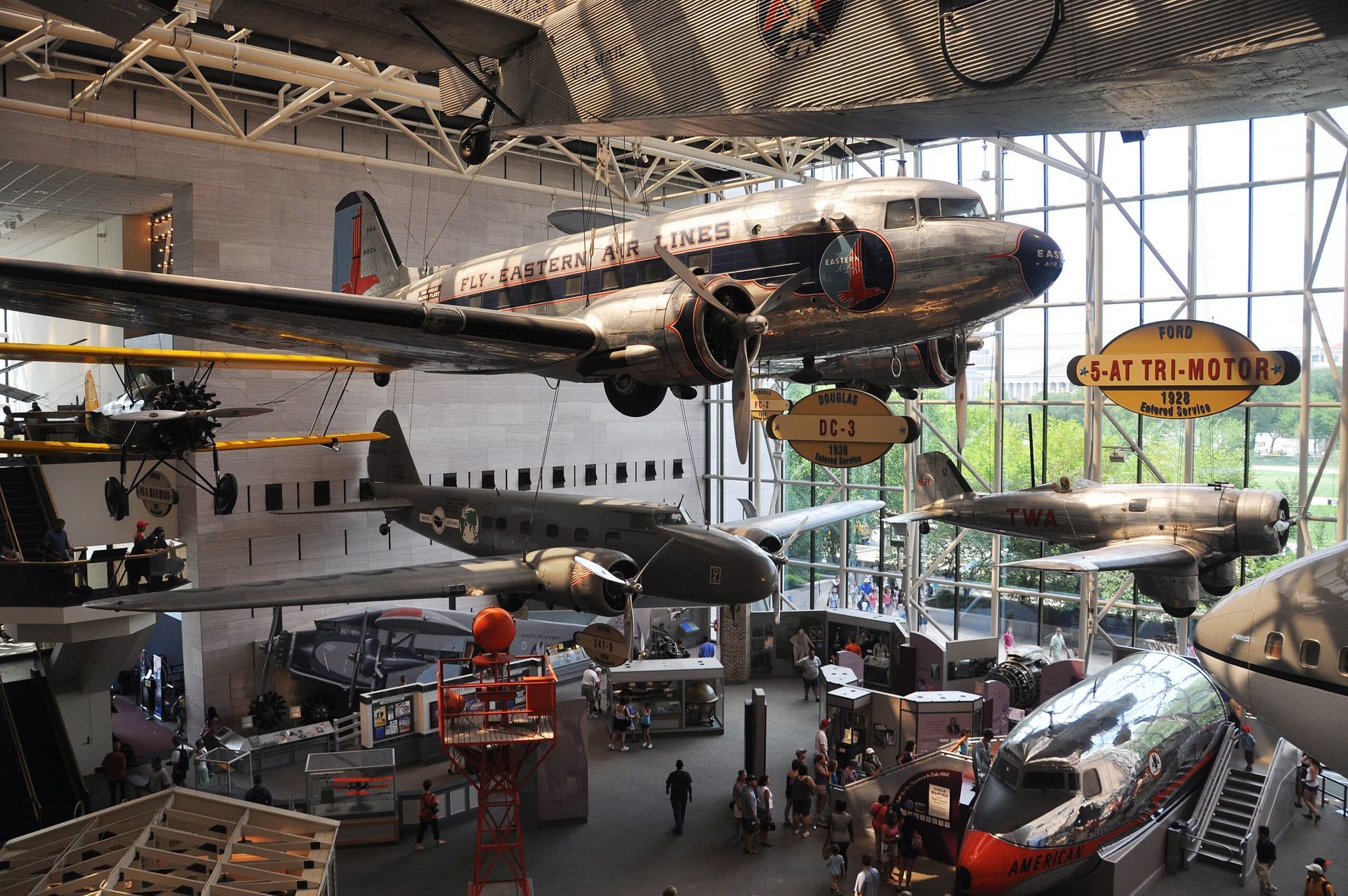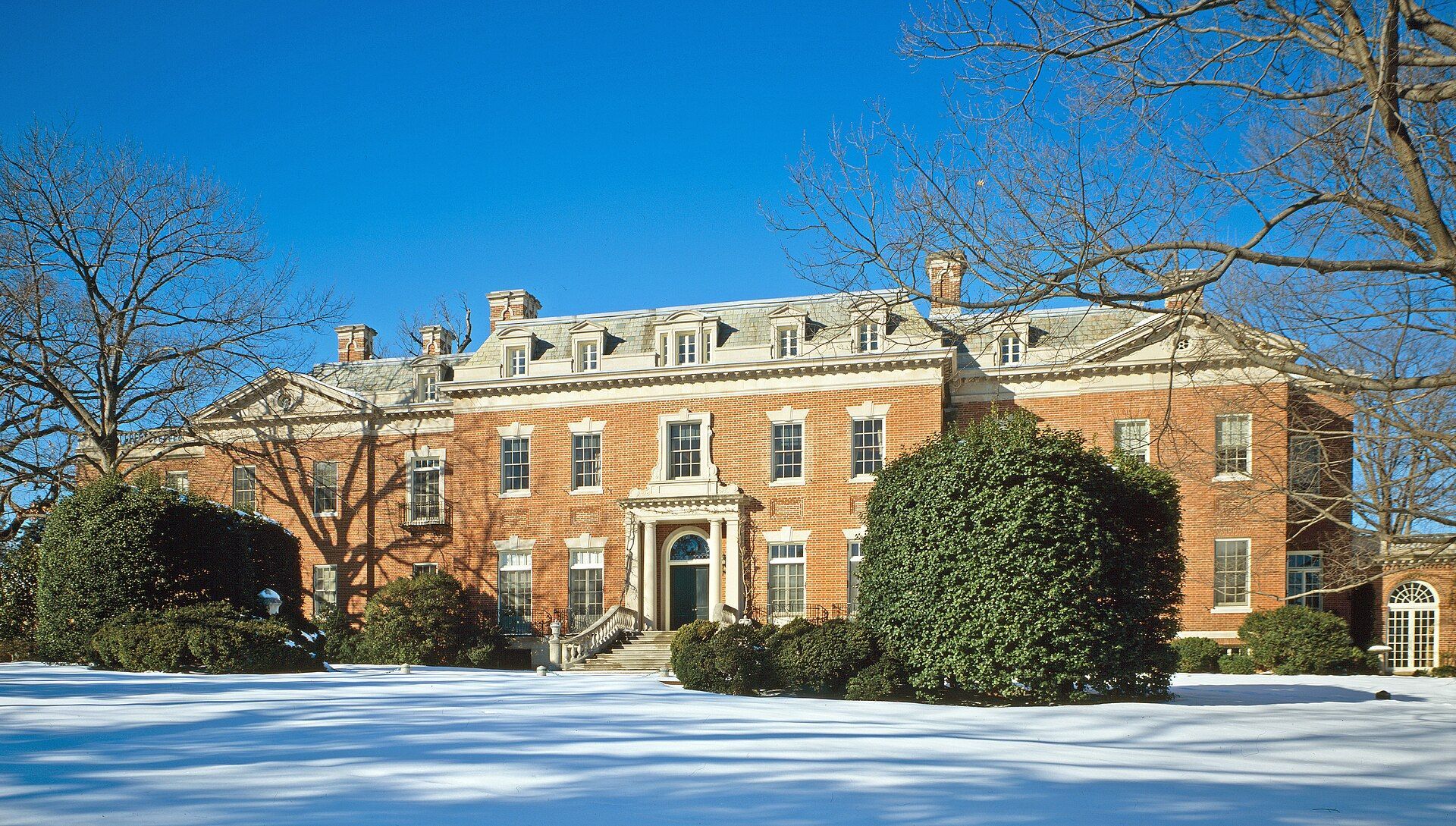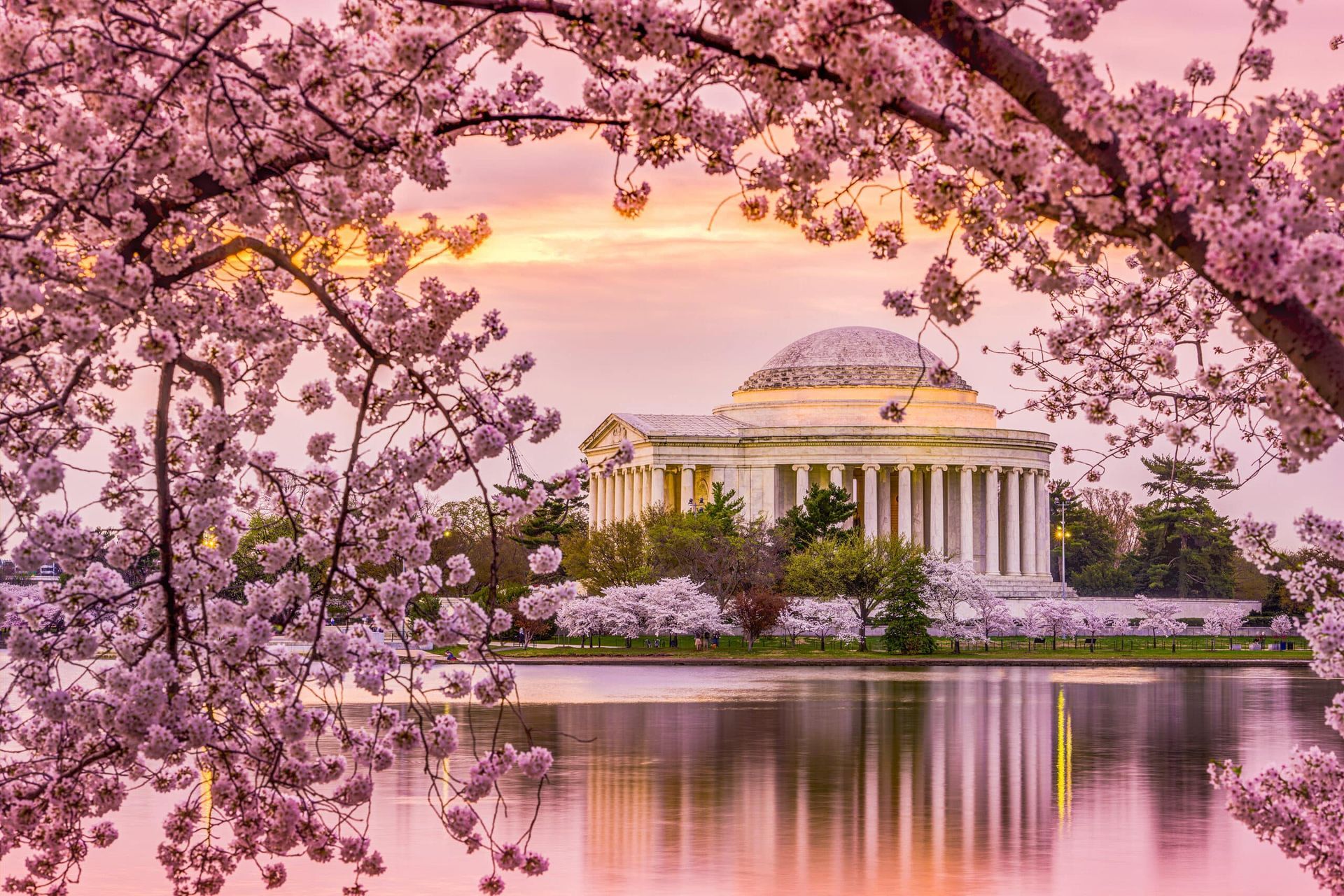The History of the National Cathedral

Recent Articles
The Washington National Cathedral, officially known as the Cathedral Church of Saint Peter and Saint Paul in the City and Diocese of Washington, stands as one of the most remarkable and iconic landmarks in Washington, D.C. Not only is it a masterpiece of Gothic Revival architecture, but it also holds a historical and spiritual significance for the United States. From its origins in the late 19th century to its role as a gathering place for national reflection, the National Cathedral has played a pivotal role in the nation’s history and continues to serve as a beacon of faith, unity, and peace.
The Vision for a National Cathedral
The vision for a national cathedral in the United States can be traced back as far as the country’s founding. The idea of a grand church that would serve the nation’s spiritual needs, provide a place for major religious ceremonies, and act as a symbol of unity was supported by notable figures like George Washington and John Adams. However, it wasn’t until the late 19th century that this dream began to take tangible shape.
In 1893, Congress chartered the Protestant Episcopal Cathedral Foundation of the District of Columbia, laying the legal groundwork for the construction of the cathedral. The idea was not only to create a house of worship but also to build a place that would serve as a national symbol, offering a venue for important civic events, state funerals, and national prayers. Bishop Henry Yates Satterlee, the first Episcopal bishop of Washington, played a pivotal role in spearheading this vision.
Laying the Foundation: Early Construction
Construction of the cathedral was no small feat. The Gothic Revival style that was chosen for the structure required a meticulous and labor-intensive process, mirroring the great cathedrals of Europe. The original designs, created by architect George Frederick Bodley, were in the English Gothic tradition, featuring pointed arches, ribbed vaults, flying buttresses, and intricate stone carvings. Bodley’s collaborator, American architect Henry Vaughan, continued to work on the project following Bodley’s death, ensuring that the vision of a majestic Gothic cathedral would endure.
A Center for National Reflection
Historical Moments
The cathedral was also the site of the state funerals for other prominent figures, including:
- Dwight D. Eisenhower
- Ronald Reagan
- Gerald Ford
- Senator John McCain
- General Colin Powell
- George H. W. Bush
Architectural Beauty and Symbolism
One of the most unique aspects of the National Cathedral is its intricate stonework, which includes over 100 gargoyles and grotesques. These stone carvings, while rooted in the medieval Gothic tradition, also reflect modern influences. Perhaps the most famous of these is the
Darth Vader
gargoyle, added during a 1980s competition to design a new grotesque. This blending of ancient and modern themes makes the cathedral a living monument, open to reinterpretation and renewal.
Stained Glass
The cathedral’s West Rose Window, one of the most impressive stained glass installations in the United States, depicts the story of creation. Measuring over 26 feet in diameter, it fills the nave with vibrant colors, particularly during the morning hours when the sunlight streams through its intricate panes. Another notable stained glass feature is the Space Window, which contains a piece of moon rock brought back to Earth by the Apollo 11 mission, a fitting tribute to human exploration and achievement.
Final Completion and Earthquake Damage
However, in 2011, a significant
earthquake struck the Washington D.C. area, causing extensive damage to the cathedral. The 5.8-magnitude earthquake caused stonework to crumble, pinnacles to break, and the central tower to shift slightly. The damage was severe, and the cost of repairs was estimated to be in the tens of millions of dollars.
Restoration efforts have been ongoing ever since, with the cathedral remaining open to visitors while work continues to restore its full glory.
The National Cathedral Today
Contact Tiber Creek Private Tours
For a deeper, more personalized experience at the Washington National Cathedral and other iconic landmarks in the nation’s capital, Tiber Creek Private Tours offers expertly guided D.C. tours tailored to your interests. Whether you’re looking to explore the historical, architectural, or spiritual significance of the cathedral, our knowledgeable guides provide an enriching experience. Contact Tiber Creek Private Tours today to plan your customized visit and discover Washington, D.C.’s most cherished monuments in a way that best suits your group’s needs.

